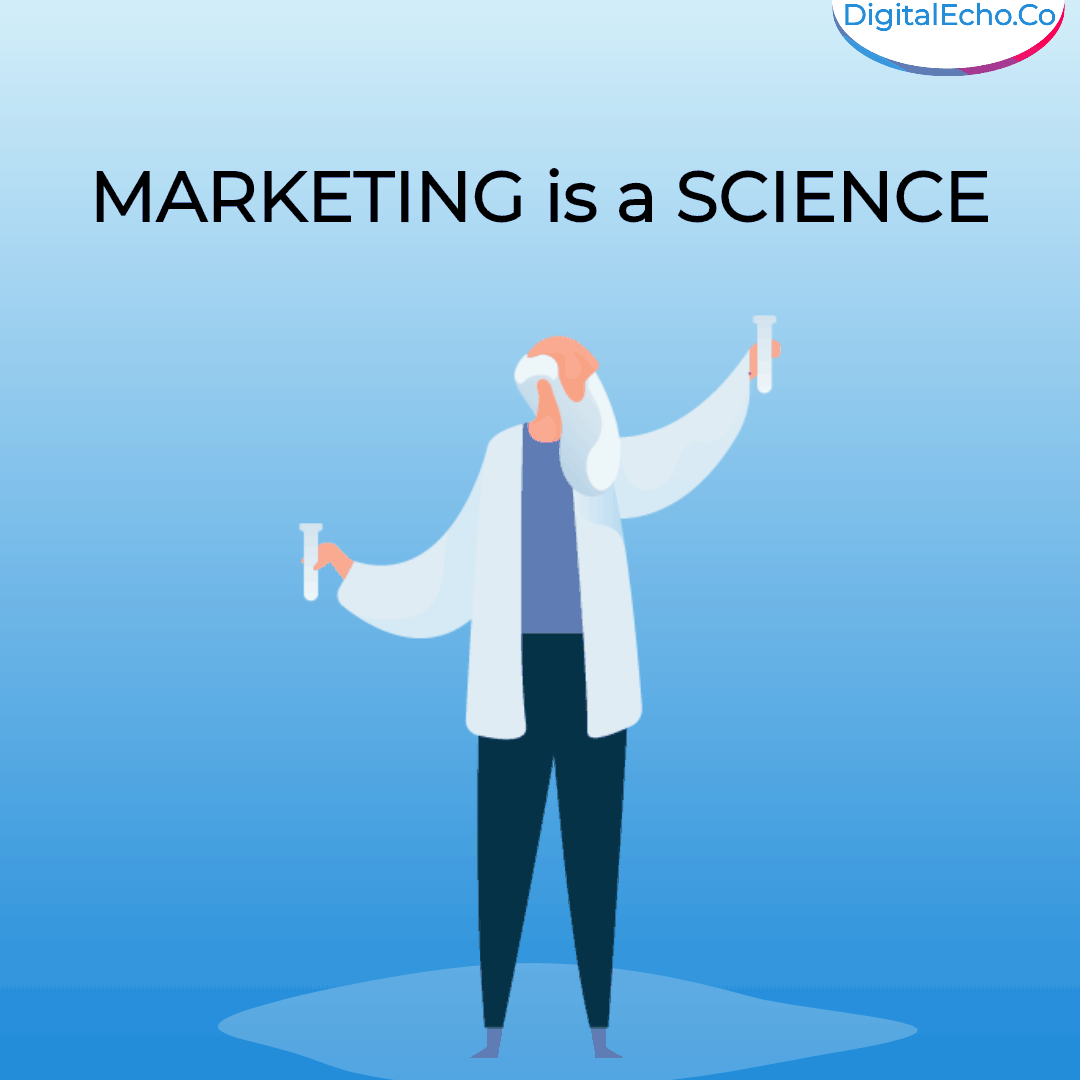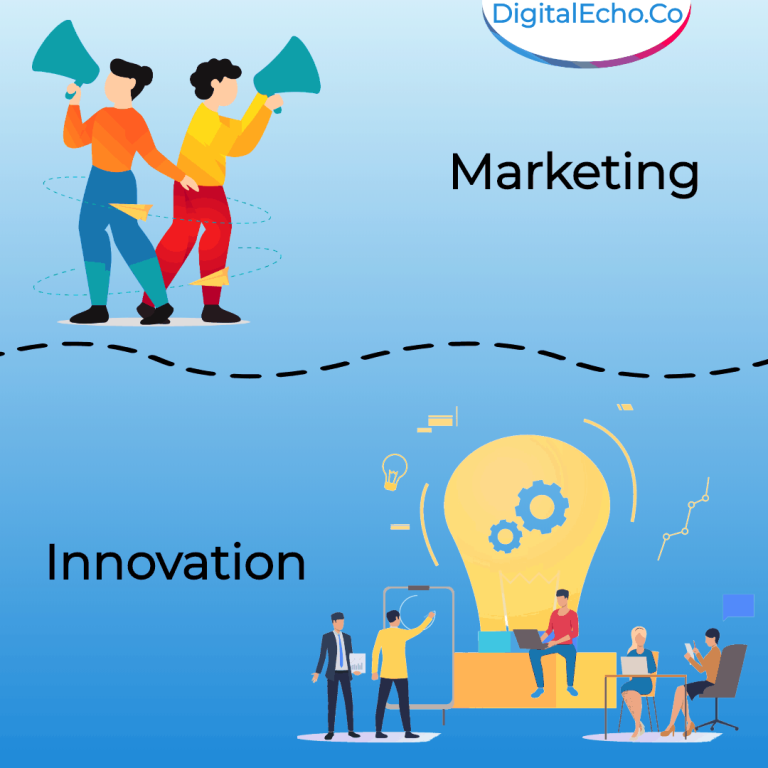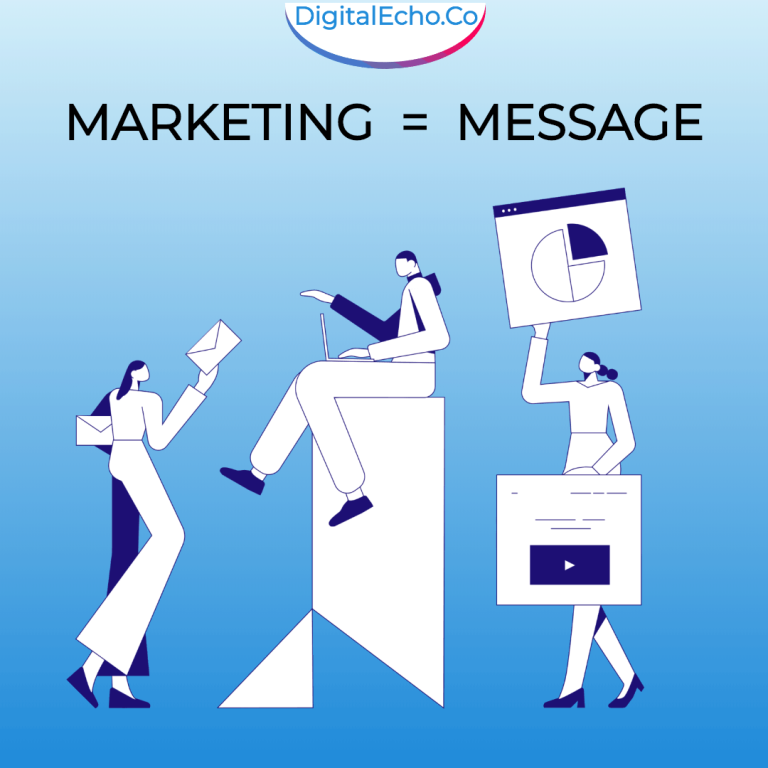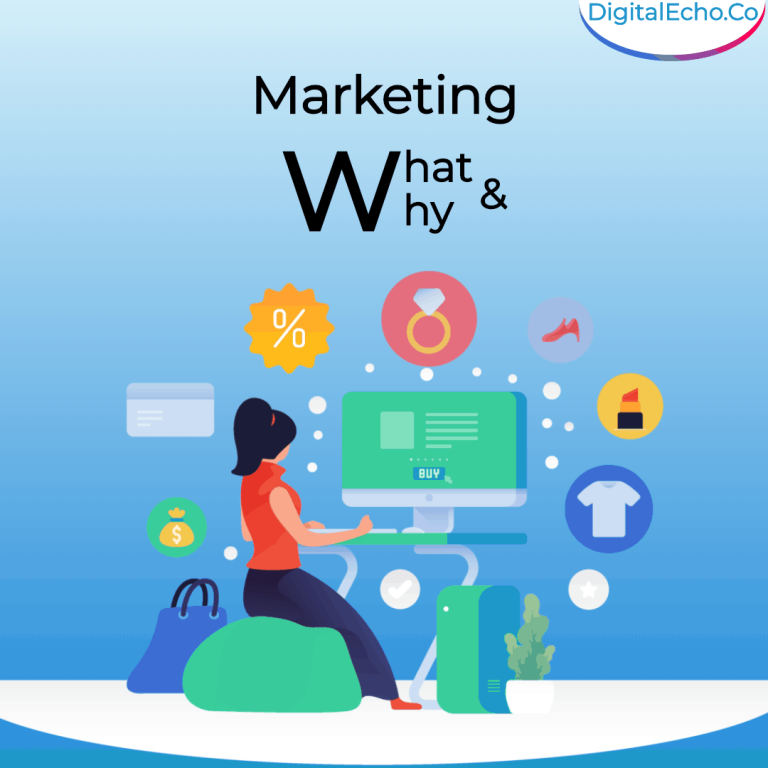How can marketers boost a business from scratch – the right way
In one word – ‘will‘. Marketers can do this if they have the sheer will to do it 🙂
LoL, too idealistic for the big bad world I know ;). I just wanted to have an easy and inspiring beginning so you don’t run away. Also, If you think about it, I am not totally wrong. You may have a bunch of strategies, but since marketing is so human-centric, it is still based on experimentation and trials, tweaking and optimization. And for all of this, you will require a good load of dedication and will.
Okay, if I have pumped you enough, allow me to introduce you to the first step:
Focus on the funnel
The goal here is to:
Craft a conversion funnel that lowers the cost of acquisition while simultaneously increasing the immediate and lifetime customer value for a business.
Quite a mouthful, I agree. Let’s break it down before we conquer it.
I am pretty sure you’ve come across the term ‘Funnel’ in the marketing domain. Even if you haven’t heard of it, trust me, you have been a part of it numerous times all through your life! Gosh! And nobody told you!? Yeah mate, that’s the world we live in! 😉
Anyway, let’s quickly breeze through one of the core concepts in marketing – funnels!
A funnel is basically a visual representation or a metaphor to describe a buyer’s journey. It goes like this:
- Awareness (Prospect becomes aware of what you have to offer)
- Interest (Prospect becomes interested in what you are offering)
- Desire (Prospect starts desiring what you are offering)
- Action (Prospects takes action by becoming a customer) – Cash register rings here 😉
If you are still struggling with what this has to do with a funnel, here is the link to help you visualize it better.
All of this is fine, but why do we shape it like a funnel?
Good question, the answer is simple: Because we are aware and anticipate that not everybody will transition from the first stage to the next. We expect drop-offs at every stage. If for example, 1,000 people become aware, 600 may show interest and out of these only 300 may start desiring and at the end only around 100 may take the desired action.
So the funnel gives us a visual representation of the number of leads entering on the top and the number of actual customers coming out of the bottom.
Okie Dokie. What next? Let’s revisit the goal:
Craft a conversion funnel that lowers the cost of acquisition while simultaneously increasing the immediate and lifetime customer value for a business.
Cost of acquisition: This is the cost incurred by a business to get one paying customer out of any number of leads. Let me explain that with an example:
Running an ad cost you 1000 bucks, which brought in 500 inquiries and finally resulted in 50 sales. Here, your Cost of Acquisition of 1 customer is the amount spent on marketing divided by the number of sales you got. In this case, 1000 divided by 50, that’s 20 bucks.
The cost of acquisition is of extreme importance. If the business owner is making a profit of say 30 bucks per sale. So, even if you deduct the marketing expense, there is still a profit of 10 bucks on every sale. This implies that as long as this marketing campaign is giving similar results, the business owner can continue to invest in marketing because he is making a positive Return on Ad Spend (ROAS).
Lifetime Customer Value: This is also of equally high importance, generally we tend to focus only on the first sale. What we should also account is the total amount of money that an average customer is expected to spend on your business in his lifetime. This is referred to as the lifetime customer value.
For example, when a school scores an admission, we need to consider not just the admission fee or the first year fee, but on average, most of the members continue in the school for at least 5-7 years. So the lifetime customer value of every admission is the sum total of the average amount of revenue generated from each admission in 5-7 years.
Alright, we have successfully deciphered the three mighty words of that sentence individually. Time to go holistic.
The goal of a good marketer is to craft a conversion funnel that will reduce the cost incurred for every new customer acquisition. Not only that, but it should also increase the immediate and overall lifetime customer value for the business. This way, we are spending less on marketing and still making more money out of every paying customer.
Easier said than done?! lol, I used to have the same reaction earlier. But not anymore. Not anymore since the enlightening research and studies I’ve come across. Common, let’s see if I can convince you.
The way to achieve the above stated goal is by optimizing the Growth Potential Forumla:
L x C x M x F = Growth Potential

So basically, the growth potential of a business is dependant on 4 parameters. And when we optimize each or any of those parameters, it will directly impact the growth potential. Our target here is to:
Double the leads at the top of the funnel
Double the conversions of leads to customers
Double the margins that we keep for every sale and
Double the frequency of purchase
If each parameter is doubled, we get the following: 2L x 2C x 2M x 2F = 16x Growth Potential!!
So the business grows 16 times if we individually optimize each parameter to double their existing potential.
Practical?
.
.
.
.
Of course NOT!
Neither am I advocating that in any way. My point was, if we simply break the entire business model to 4 factors and try to optimize each to their best, you are very much on your way to own a really successful business!
You’d be pretty happy if we could, for starters double or triple your monthly profit. Is it not?
So, the question now focusses on how to do it?
Next Up: How to get an incredible boost in genuine & hot leads for your business easily







